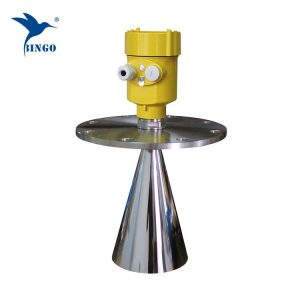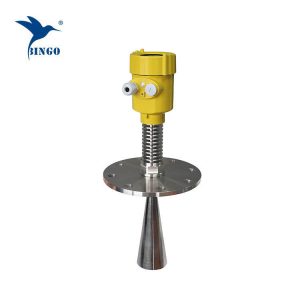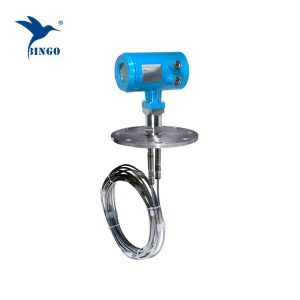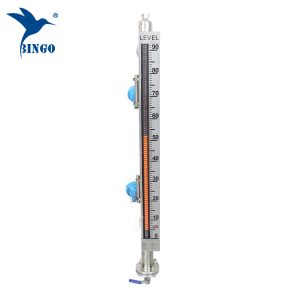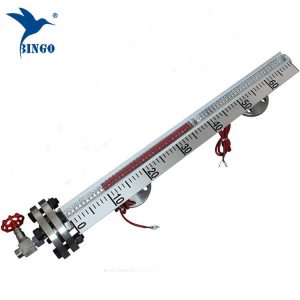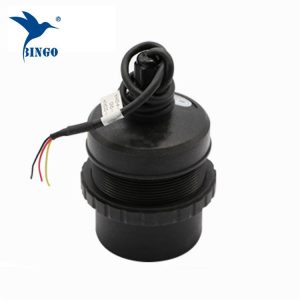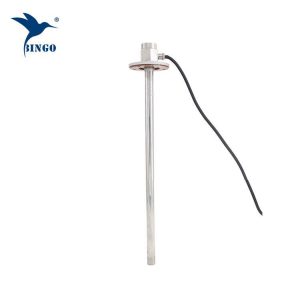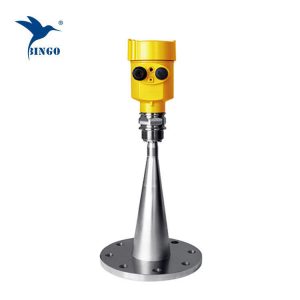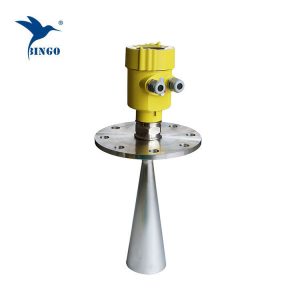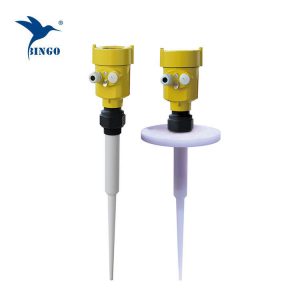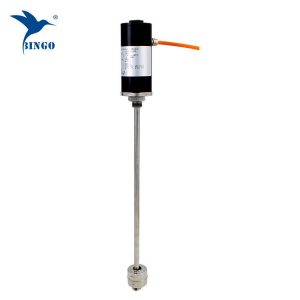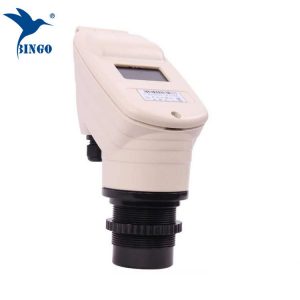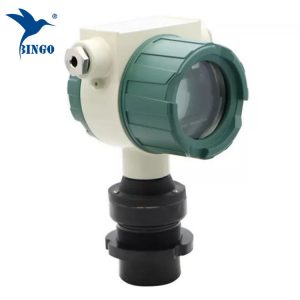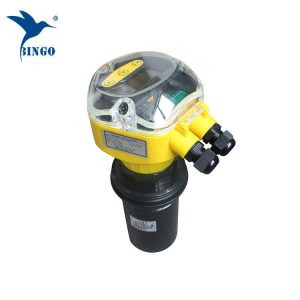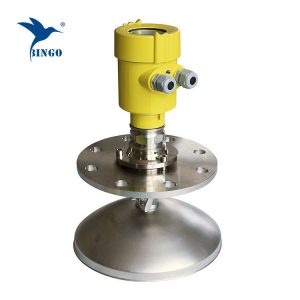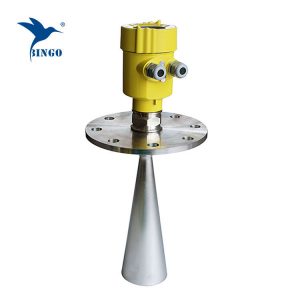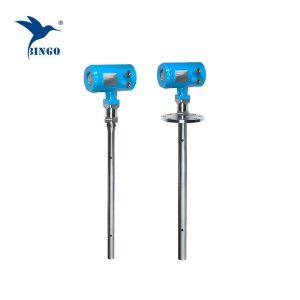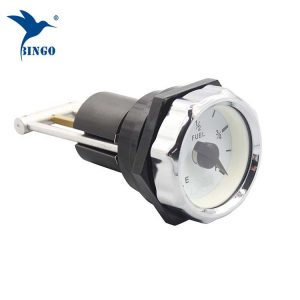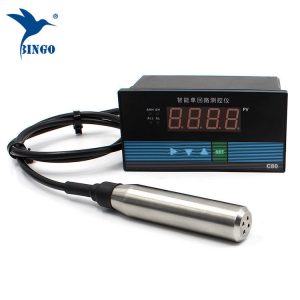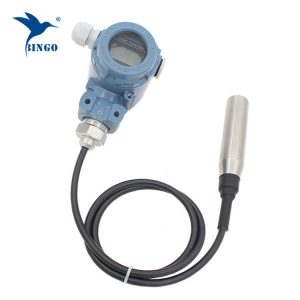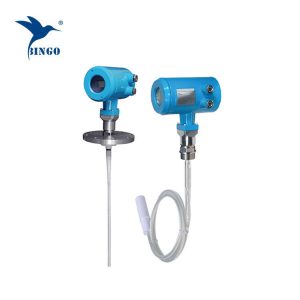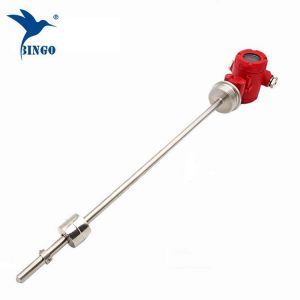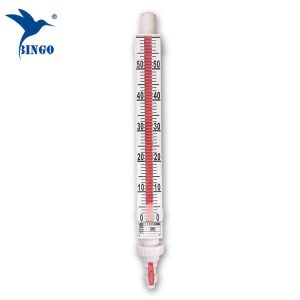level sensor is a device for determining the level or amount of fluids, liquids or other substances that flow in an open or closed system. There are two types of level measurements, namely, continuous and point level measurements.
Continuous level sensors are used for measuring levels to a specific limit, but they provide accurate results. Point level sensors, on the other hand, only determine if the liquid level is high or low.
The level sensors are usually connected to an output unit for transmitting the results to a monitoring system. Current technologies employ wireless transmission of data to the monitoring system, which useful in elevated and dangerous locations that cannot be easily accessed by common workers.
Ultrasonic level sensors are used for detecting the levels of viscous liquid substances and bulk materials as well. They are operated by emitting acoustic waves at frequency range of 20 to 200 kHz. The sound waves are then reflected back to a transducer.
The response of ultrasonic sensors is influenced by pressure, turbulence, moisture and temperature. In addition, the transducer is required to be mounted appropriately to obtain better response.
Capacitance level sensors are used for detecting the levels of aqueous liquids and slurries. They are operated by employing a probe for monitoring level changes.
These changes are converted into analog signals.
The probes are usually made of conducting wire with PTFE insulation. However, stainless steel probes are highly sensitive and hence they are suitable for measuring granular, non-conductive substance or materials with low dielectric constant.
Capacitance sensors are easy to use and clean as they do not have any moving components. They are commonly employed in applications involving high temperature and pressure.

